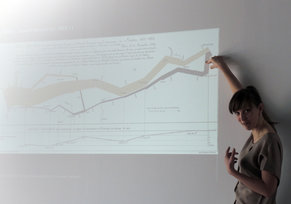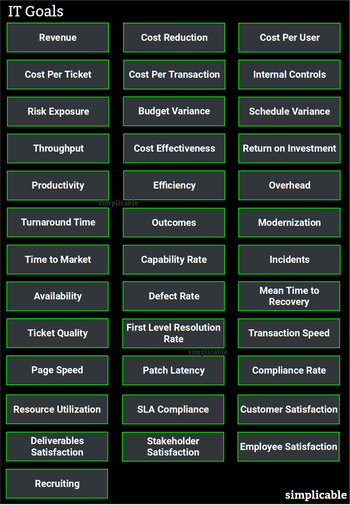
File Formats
File formats such as XML and JSON provide a standard language for encoding structured data. These provide no structure of their own but are a toolset for defining structure.Templates & Schemas
File formats for structured data allow you to define templates and schemas that tell others how to structure their data for processing by you. For example, an government could create an XML schema that defines the format for tax files that can be submitted electronically.Standards
It is common for standards to document structured data for use by an industry, domain, medium or technology. For example, RDFa is an extension to HTML5 that allows structured data to be embedded into web documents. This allows software such as a search engine algorithm to determine the content and context of a page such as an html course description that embeds details about the organization providing the course structured as RDFa data.Metadata
Metadata is data that describes data. This is always structured. For example, a JPG photo that has embedded information in it such as geographical location where the photo was taken.Databases
Relational databases structure data into tables with rows and columns. Each column has structure such as data types and constraints. This allows relational databases to process and query data extremely efficiently.APIs
APIs common return data in a structured format such as JSON or XML. For example, an air traffic control system that obtains radar data as XML many times a second.Structured Data vs Unstructured Data
The line between structured and unstructured data is often fuzzy. Both can be digital formats that can be fully processed by machine. Both may include some level of ambiguity. Structured data imposes more constraints on data that are specifically designed to make processing more accurate. For example, a regular html document is viewed as unstructured because it gives enough information to display information to a user but is difficult for algorithms to interpret their meaning and context. Structured data embedded inside an html document can make its content more consumable by machines. For example, metadata that describes a page as a recipe avoids the work of having to interpret the content of a page to guess that it is a recipe.| Overview: Structured Data | ||
Type | Data | |
Definition | Information that has been formatted to be efficiently processed by machine. | |
Opposite Of | ||
Related Concepts | ||





















